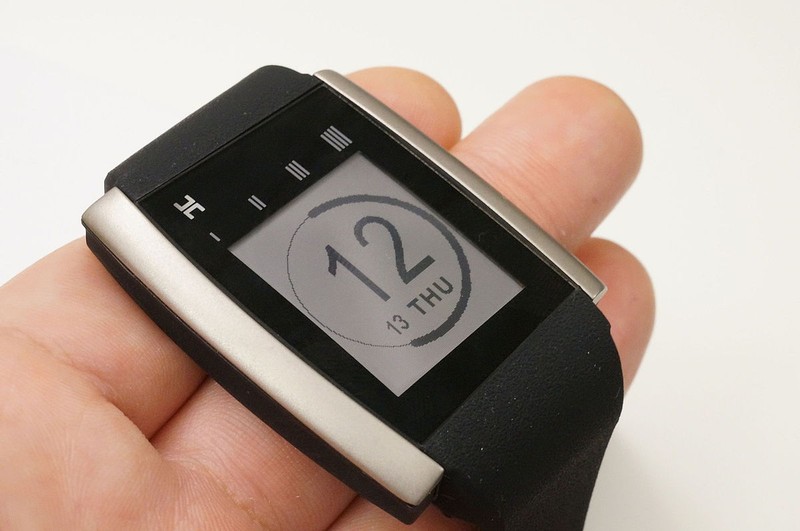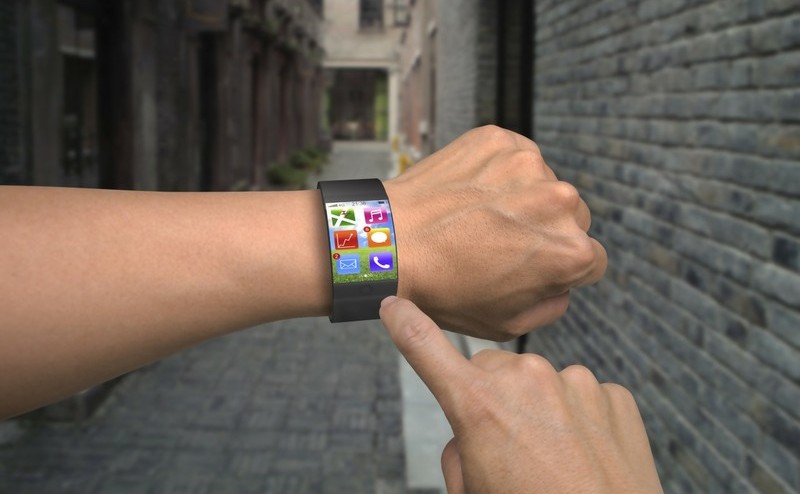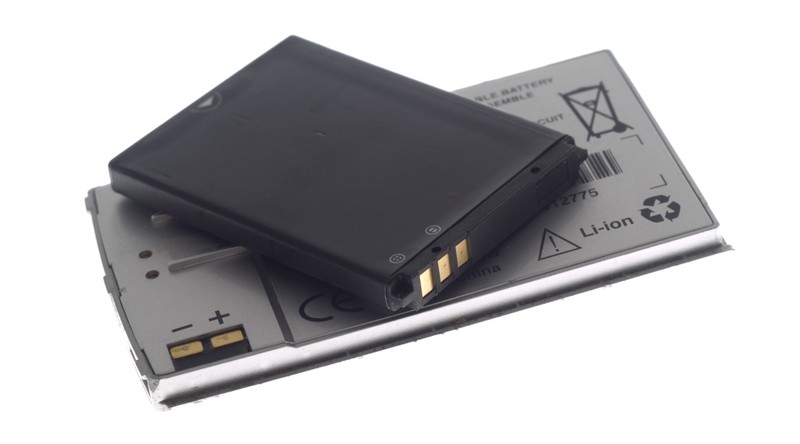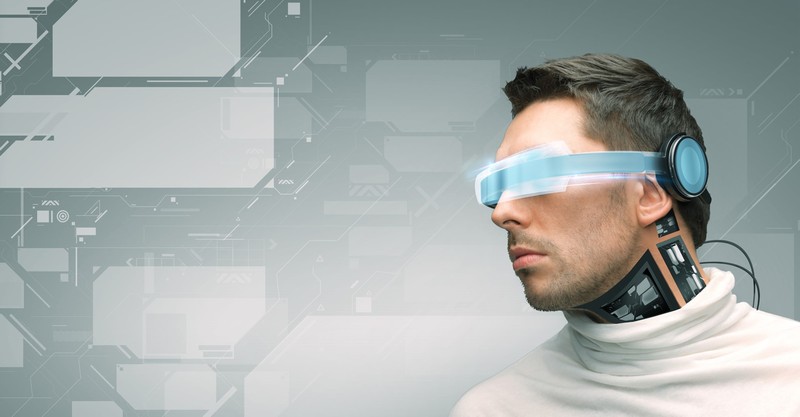How to Design a Wearable Technology Product
Developing a wearable electronic product involves juggling design constraints and compromises in ways that are quite different from more conventional designs.

Developing a wearable electronic product involves juggling design constraints and compromises in ways that are quite different from more conventional designs.
This article discusses the main design tradeoffs for wearable technology products.
Product Requirements
Start by listing all of your hardware functional requirements. Although this is critical for any product it is even more important for a wearable device with limited space and battery life.
Requirements might include any of the following: Wi-Fi, Bluetooth, GSM/LTE radio, audio, camera, video display, GPS, accelerometer, 3D gesture sensor, barometric pressure sensor, ambient light sensor, distance sensor, biometric sensor, wireless charging, haptic feedback, etc.
If you are using these types of functions, you are going to need a sufficient battery which can provide the necessary power. You also need a battery with enough capacity to power the device for a few hours at the very least.
Power Consumption
Ask yourself the following questions. Do Wi-Fi, Bluetooth and any other wireless functions need to be active simultaneously? Do they need to be active at all times, or only some of the time?
One way to reduce the heavy power consumption associated with wireless functions is to add sensors that are able to determine what state your device is in at any given time.
Adding a sensor like an accelerometer, magnetometer, proximity sensor, or pressure sensor can determine when and if your product needs to be active.
These types of sensors can be used to put your product into sleep mode, for example, when the product is not actively in use.
Can you save battery life by shutting down your display if, for example, when it’s in an unreadable position. Or could your display brightness be turned down if a sensor detects that ambient light sources are low?
Let’s say your device utilizes GPS. Can you save power by shutting down the GPS receiver, for example, if the device hasn’t moved since it last updated its position.
Offload the Processor Workload
Seriously consider using a processor proxy that has less size constraints than your wearable product. Most often with wearable products the proxy will be a smartphone, and it can perform many of the functions you desire for your product.
A smartphone can communicate with your device via Bluetooth. Then, your product can utilize the smartphone’s high-speed processor, cellular connectivity and Wi-Fi.
With some wearable products, you can use the smartphone as a secondary user interface. This is the setup used by iWatch for instance, which depends on the phone for all its wireless functions.
Choose the Right Battery
Most wearable products will need a battery that has high energy density, so that it will operate for its intended run time. Its essential for wearable products to use li-ion battery technology.
Be sure to choose a reputable supplier. You don’t want your wearable to unintentionally catch on fire and burn your customers!
You need to balance your need for high voltage and high energy density batteries with the safety of your customers. Wearable products have stricter safety requirements since they touch your body.
Also, pay very close attention to properly protecting your battery. This includes electrical protection as well as creating a protected mechanical housing for the battery.
You don’t want your batteries rolling around inside your product enclosure, for instance. You want them to snugly fit, but you also need to account for any natural swelling that will happen over time.
Lithium-ion batteries are potentially very dangerous, so they must be handled and designed very carefully.
You may also want to consider using curved or irregularly shaped batteries. They may help you to maximize your available space. But keep in mind that in most cases they will need to be custom designed.
Make note that choosing a custom battery design will require additional safety certifications. Any extra certifications that your product requires will add to the upfront cost. This means you may want to stick to purchasing off-the-shelf batteries since they are pre-certified.
The last thing to consider when choosing batteries for your wearable product is that your battery needs to be able to be recharged again and again.
If you have chosen a custom battery design, you will need to conduct life cycle testing to make sure it can be recharged properly. This kind of testing may take a long time, so if you go this route be sure to finalize your battery design as early as possible.
Most likely you will charge your battery through a charging contact like a USB connector. Unfortunately, these connectors are exposed to dust, dirt or sweat while being worn, so proper consideration should be given to ensure a reliable charging connection.
What about using wireless or solar charging for wearable products? These tend not to work with wearable products, since you need a large surface area for a receiving coil or solar cell.
Size Constraints
The physical size and form of your product dictates a lot of important specifications like the size and shape of your batteries. It also determines how much available real estate you have for user interfaces.
It will also define the maximum size of all the electronics that you choose to use. Keep in mind that your product will not be feasible if it exceeds the size criteria.
Since wearables tend to be small, you may have to compromise on some product features to accommodate size constraints. But keep in mind that even adding 1mm to the size of a product can drastically improve its battery capacity.
Many popular wearable products are very small – think a Fitbit or a smartwatch that users don’t want to be too heavy or clunky. If you are working within a very confined product size here are some considerations:
For wearable products, consider a highly integrated chip solution instead of using several discrete chips. However, custom chip development is not something you should ever consider, and it is usually only feasible for billion dollar companies.
Products with limited space may also mean that you can’t use any type of pre-certified module (they tend to be large).
A key feature to look out for is the minimum feature size of the process used to fabricate the silicon SoC. In general, the smaller the feature size, the denser the chip will be. In turn, the denser the chip, the more functionality can packed onto a single chip.
Component Placement
Putting all the components together will commonly require multiple thin-substrate PCB’s that are stacked together. The use of flex PCB’s should also be considered in order to maximize the available space.
The interconnections must not be overlooked, and the connectors need to be very small with high reliability.
Thermal management will heavily dictate the placement of components on the PCB. In the first place, the reliability of a component will be diminished if it gets too hot.
Another consideration is that the user may not want to feel a body-worn device that is uncomfortably warm, even though it may still be quite safe for the components themselves.
So, the part of the device that is actually in physical contact with the user should be kept free of high heat dissipating components. There are actually published limits for acceptable maximum temperatures for devices that contact human skin. These limits vary depending on the actual type of material.
With regards to the battery cavity, it should also be designed with some form of relief vent. It should point away from the user in the event of a (hopefully rare) catastrophic failure.
Wireless Wearables
Does your wearable need wireless functionality? If so, then you want to choose a SoC that integrates as many of the required wireless radios as possible.
Additionally, if you pick an SOC with an integrated RF switch, you are able to reduce the number of antennas that you will need. It can also eliminate the need for a separate antenna switch, if sharing a single antenna.
When possible, share a single antenna to reduce both cost and size. For example, Bluetooth and Wi-Fi both use a carrier frequency of 2.4GHz. This means that they can share a single antenna. This, in turn, reduces the space that is required.
Also, SoC’s like this will have tightly coupled multicore processors with integrated memory, with one or more cores dedicated to running the application software.
If you can’t get by with a single SoC, make sure all your various chips have compatible communication channels like I2C, SPI, or USARTs.
Choose a SoC that runs off a common set of power rails in order to simplify the power delivery and management.
If a higher voltage rail is needed for wireless functions, the SoC should also incorporate its own DC/DC switching converter to space compared to using discrete converters.
SoC’s are manufactured by companies like Texas Instruments, Qualcomm, ST, and others. You may need to do some research to choose the one that best suits your individual product needs. Qualcomm also tends to only work with big companies, so they may not be feasible for startups.
Another choice is to use an FPGA (Field Programmable Gate Array) chip to do the work of multiple chips. Down side is, you may need a lot of development time for this.
But you will usually reduce your product cost and the overall size that is need if you choose an FPGA.
Using an ASIC (Application Specific Integrated Circuit) is the ultimate solution. An ASIC is a custom chip that has been developed for an individual application.
That being said, it’s usually too costly (and complex) for startups to develop an ASIC. But do consider an ASIC if your sales volumes are high enough to justify the extra development costs.
Product Testing
Compare a product that sits on your desk to one that goes everywhere with you. Wearable products are subject to a lot more mechanical use and abuse than a stationary product.
This means that wearables need a more rigorous shock, vibration, drop and tumble testing regime to make sure the product remains reliable, and operational, over the product’s lifetime.
Track your failure rates and analyze your failure types. You want to identify any potential problems before they become catastrophic for your product’s success.
Certifications
As is the case for nearly any electronic product, your wearable device will require FCC certification to ensure the product’s Electromagnetic Interference (EMI) is sufficiently minimized so as not to interfere with other forms of RF communication.
Federal Communications Commission (FCC) certification is required in the United States for any electronic product that oscillates at a frequency above 9 kHz.
In Europe, there is a similar regulation called CISPR 22. The requirements are very similar to the FCC requirements, but somewhat stricter in regards to RF emissions at certain frequencies.
Other countries and regions have similar regulations on electromagnetic emissions, and most mirror the FCC requirements quite closely.
FCC certification can be split into two types: intentional radiator and non-intentional radiator. This is determined by whether your product has wireless features such as Bluetooth, Wi-Fi, cellular, or any other type of radio transmitter.
Using pre-certified modules for these wireless functions will allow you to certify your product as a non-intentional radiator which is cheaper and easier to obtain than intentional radiator certification.
Unfortunately, using pre-certified modules isn’t usually practical for wearable devices due to their tight size constraints.
While EMI certification is concerned with a product’s interference with other electronic devices, another important requirement for a wearable device is known as Specific Absorption Ratio (SAR) which is concerned with the absorption of electromagnetic energy by the human body.
Conclusion
Developing a wearable technology product is inherently more complicated and expensive than designing a non-wearable product with similar functions.
The severely limited space is a serious design constraint that generally requires significant design tradeoffs.
Battery life and product size are the two primary tradeoffs required when designing a wearable product. The more features you incorporate in your product, the more power that will be consumed.
The more power that is consumed, the larger your battery needs to be, or you need to accept a shorter battery life.





Very informative sir.
Very Helpful. Thanks a lot !
Thank you Mauricio, glad it was helpful!
John
Awesome stuff 👏🏾
Thank you Kirsch!
Thanks for sharing this valuable information on the design concerns of wearable gadgets. I believe the design of any tech gadgets by 60% depends on the placements of their components.